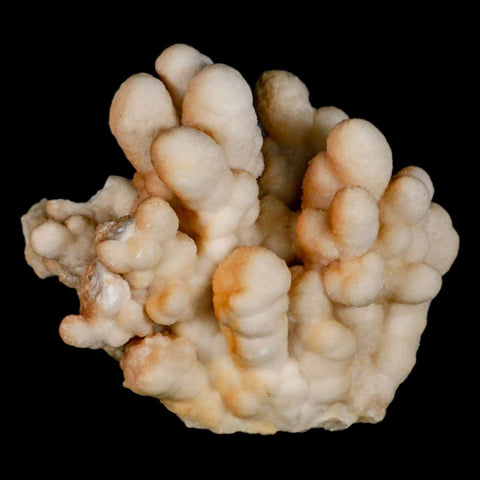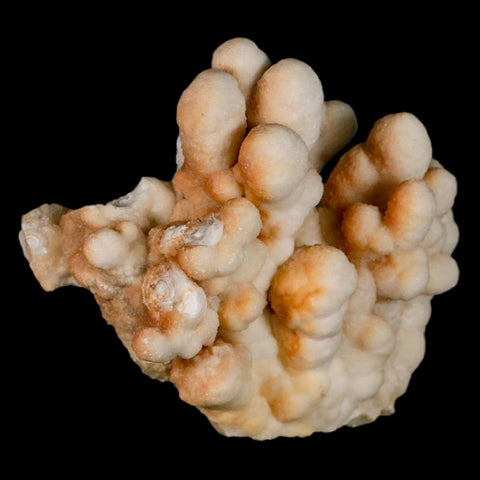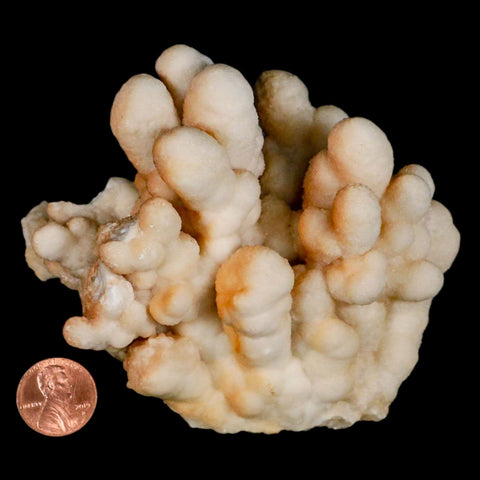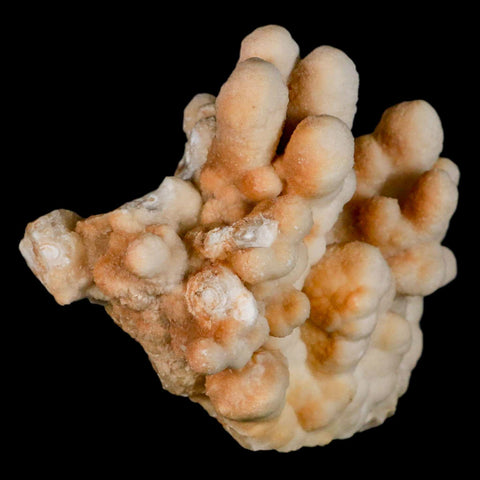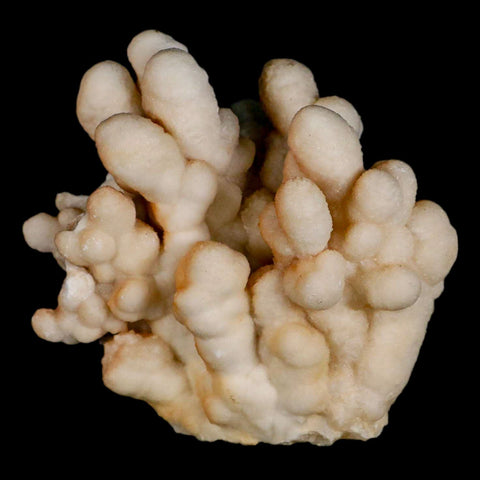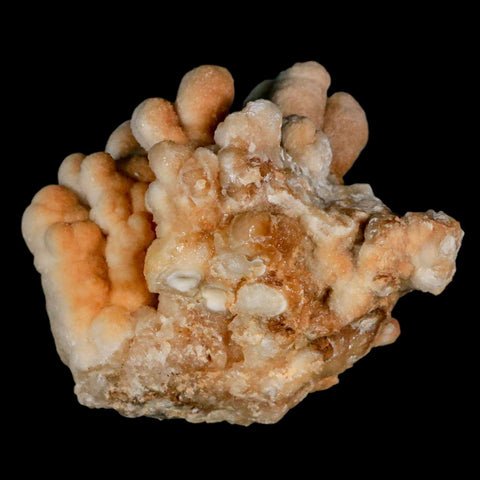4.1" Botryoidal Aragonite Cave Calcite Crystal Cluster Mineral Specimen Morocco
Location: Morocco
Weight: 14.3 Ounces
Dimensions: 4.1 Inches Long, 3.5 Inches Wide, 2.4 Inches Wide
The item pictured is the item you will receive
Aragonite is crucial for numerous organisms on Earth, especially invertebrates that rely on it to build their shells and hard structures. When you admire a vibrant seashell, you’re appreciating the variety of colors Aragonite exhibits and its ease of formation at the Earth's surface. Aragonite and calcite are polymorphs, meaning they share the same chemical composition but have slightly different crystal structures. These minerals often coexist and are so alike that telling them apart is generally only significant for geologists. While calcite is currently more stable and abundant in today’s oceans, Aragonite was once the more prevalent form in Earth’s history. Their physical properties are almost indistinguishable.
Calcite is a calcium carbonate mineral with a hardness of 3. It comes in a wide variety of forms and colors and is found on every continent of the world. Calcite makes up the major part of marble and limestone. Yellow Calcite usually occurs in massive rather than crystalline form, and the best specimens come from Mexico.
Calcite, rooted in the Greek word “chalix” meaning lime, flaunts an electrifying palette—from fiery reds and vibrant greens to cool blues and stark whites. This powerhouse mineral dominates the Earth’s surface as the backbone of limestone and marble, morphing into countless shapes across varied geological habitats. Some specimens flash brilliant blue or red under UV light, adding to their mystique. Beyond its striking looks, calcite’s toughness has been vital in crafting cement and mortar, while its crystal-clear forms have been precision tools in gun sights and cutting-edge geological microscopes.


